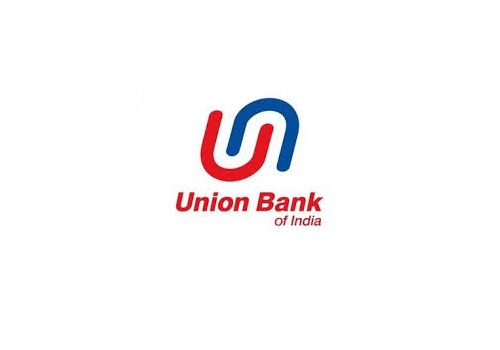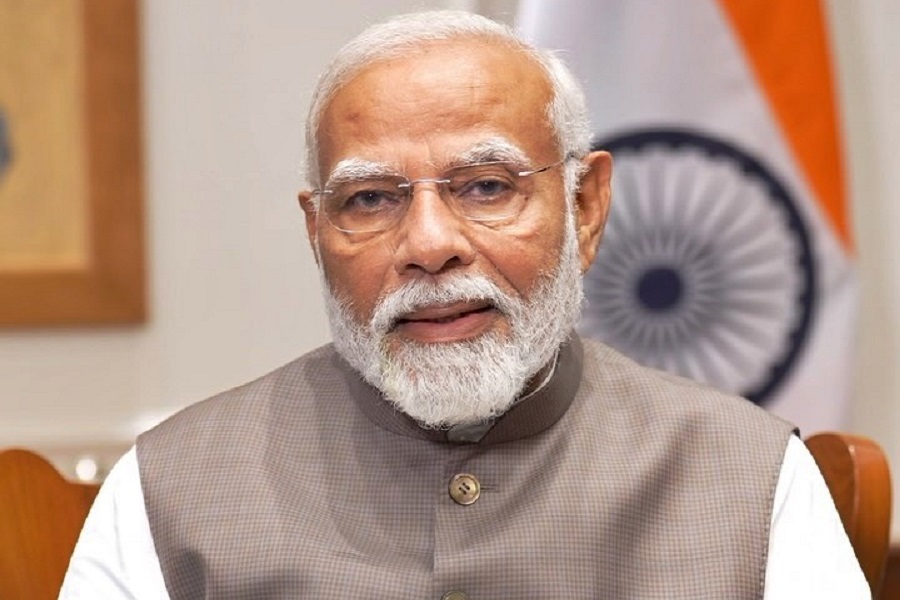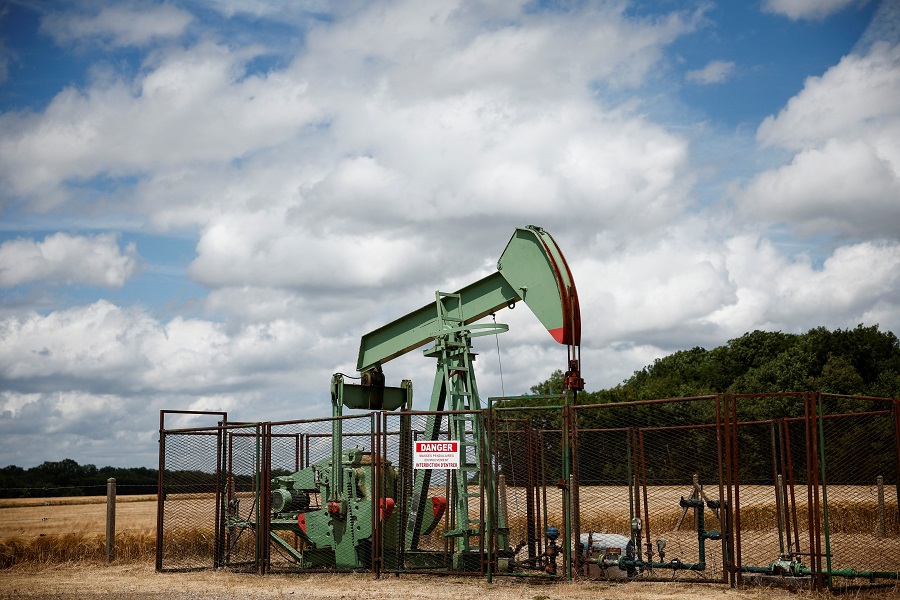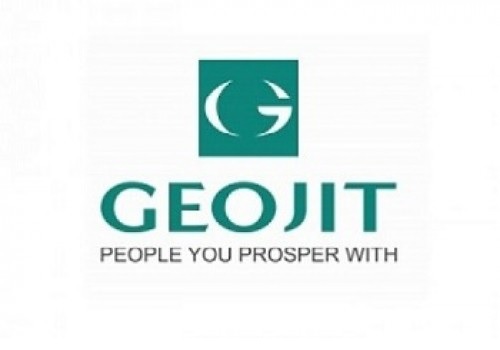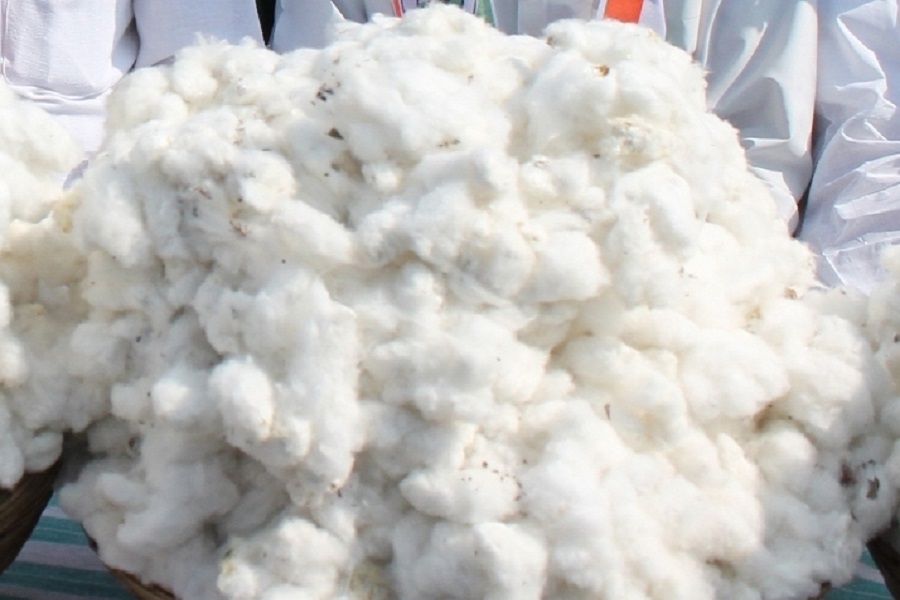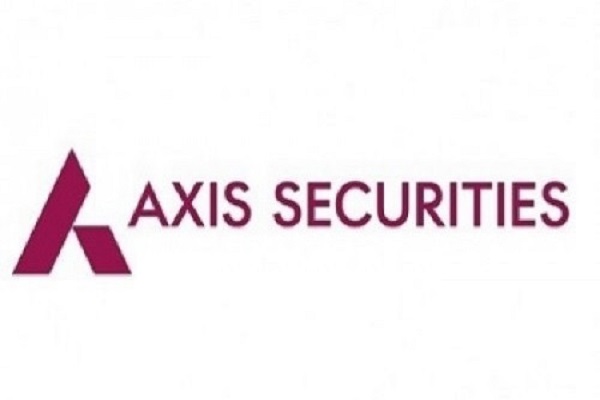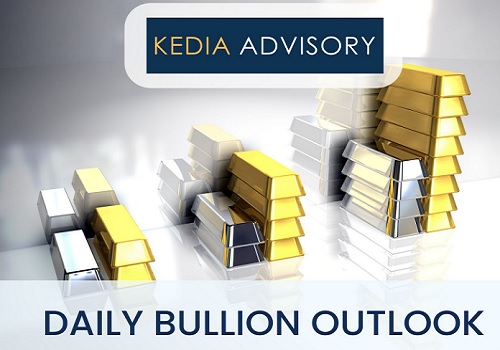Jeera trading range for the day is 22170-22890 - Kedia Advisory

Gold
Gold prices surged by 1.15% to settle at Rs.90,717, driven by strong safe-haven demand amid escalating geopolitical and trade tensions. Concerns arose as U.S. President Donald Trump hinted at higher tariffs on multiple countries, alongside potential secondary tariffs on Russian oil and additional measures against Iran. These uncertainties bolstered gold’s appeal as a hedge against economic and geopolitical instability. Additionally, San Francisco Federal Reserve Bank President Mary Daly’s comments on inflation data reinforced expectations that the Federal Reserve may delay interest rate cuts, further supporting gold prices. Goldman Sachs revised its end-2025 gold price forecast upwards to $3,300 per ounce from $3,100, citing strong ETF inflows and continued central bank demand. Asian central banks, particularly in China, are expected to sustain aggressive gold purchases over the next three to six years to achieve their reserve targets. Meanwhile, China's gold imports via Hong Kong rose 7.5% month-on-month in February, but net imports fell sharply year-on-year, reflecting weaker demand. In India, record-high gold prices dampened jewellery demand, with dealers offering discounts of up to $33 per ounce. Technically, the market witnessed fresh buying, with open interest rising by 5.84% to 19,077. Gold has support at Rs.90,325, with further downside at Rs.89,930. Resistance is seen at Rs.90,990, and a move above this level could push prices toward ?91,260.
Trading Ideas:
* Gold trading range for the day is 89930-91260.
* Gold surged amid concerns over U.S. President Donald Trump's widening trade war.
* Trump is considering higher trade tariffs on a wider range of countries when he unveils his plans for reciprocal duties on April 2.
* Trump warned of imposing 25-50% secondary tariffs on Russian oil if Moscow blocks his efforts to end the Ukraine war.
Silver
Silver prices declined by 0.39% to settle at Rs.100,065 due to profit booking, following a recent rally driven by escalating global trade tensions and safe-haven demand. Investors reacted to U.S. President Donald Trump's reaffirmation of aggressive trade policies, including reciprocal tariffs, which heightened fears of inflation and economic slowdown. Additionally, mixed signals from Federal Reserve officials added uncertainty. While San Francisco Fed President Mary Daly expressed lower confidence in multiple rate cuts this year, Chicago Fed President Austan Goolsbee suggested that rates could be significantly lower in the next 12-18 months but cautioned about inflation risks. Despite short-term fluctuations, the silver market is expected to remain in deficit for the fifth consecutive year in 2025. Global silver demand is projected to stay stable at 1.20 billion ounces, driven by a record-high industrial demand of over 700 million ounces, particularly from green energy applications. Physical investment demand is forecasted to rise by 3%, especially in Europe and North America. However, silver jewelry and silverware demand is expected to decline by 6%, mainly due to weaker demand from India amid high prices. Technically, silver remains under long liquidation as open interest dropped by 5.76% to 20,528. Support is seen at Rs.99,090, with the next level at Rs.98,115, while resistance is at Rs.100,960, with a potential move towards Rs.101,855.
Trading Ideas:
* Silver trading range for the day is 98115-101855.
* Silver dropped on profit booking after prices rose due to global trade war concerns an.
* President Trump's reaffirmation of reciprocal tariffs pushes for aggressive trade stance.
* Fears of retaliation, inflation, and economic growth from these measures.
Crude Oil
Crude oil prices surged by 2.99% to settle at Rs.6,124, driven by geopolitical tensions and supply concerns. U.S. President Donald Trump’s threats to impose secondary tariffs on Russian oil buyers and potential military action against Iran contributed to market volatility. Meanwhile, OPEC+ is set to gradually increase output starting in April, with speculation that further hikes could continue in May. However, Trump's aggressive trade policies and reciprocal tariffs scheduled for April 2 have sparked fears of a global economic slowdown, which could weigh on energy demand. In the U.S., crude oil inventories declined by 3.341 million barrels for the week ending March 21, surpassing expectations of a 1.6 million barrel draw. Stocks at the Cushing, Oklahoma hub also dropped by 0.755 million barrels. Gasoline inventories decreased by 1.446 million barrels, while distillate stockpiles fell by 0.421 million barrels, both below market forecasts. On the global front, the International Energy Agency (IEA) reported that oil supply could outpace demand by 600,000 barrels per day in 2025. If OPEC+ continues to ease production cuts without addressing overproduction, this surplus could rise to 1 million barrels per day. Technically, the market is experiencing fresh buying, with open interest surging by 42.67% to 7,520 contracts. Crude oil finds support at Rs.5,988, with further downside at Rs.5,853. Resistance is at Rs.6,204, and a break above this level could push prices toward Rs.6,285.
Trading Ideas:
* Crudeoil trading range for the day is 5853-6285.
* Crude oil rose after U.S. President Trump threatened to impose secondary tariffs on buyers of Russian oil
* OPEC+ is set to begin gradual output hike in April, with reports suggesting the group will likely continue to raise output in May.
* Additionally, President Donald Trump’s reciprocal tariffs, set to take effect on April 2, have heightened fears of a global trade war.
Natural Gas
Natural gas prices rose by 0.92% to settle at Rs.351.3, driven by record-high LNG export flows and a decline in daily output. Gas exports to the eight major U.S. LNG plants hit an all-time high of 15.8 bcfd in March, surpassing February’s record of 15.6 bcfd, primarily due to the start of new units at the Plaquemines LNG plant in Louisiana. Meanwhile, daily production fell to a one-week low of 105.2 bcfd, although overall March production averaged 106.0 bcfd, slightly up from February’s 105.1 bcfd. Despite expectations of mild weather leading to reduced demand and an early start to storage replenishment—marking the first March storage increase since 2012—gas prices have gained over 15% in Q1. This is largely due to stockpiles remaining about 5% below historical averages following heavy withdrawals during the winter months. U.S. utilities added 37 bcf of gas to storage in the week ending March 21, surpassing the market expectation of 25 bcf. Looking ahead, the U.S. Energy Information Administration (EIA) forecasts record natural gas output and demand in 2025. Technically, the market is under short covering, with open interest dropping by 0.88% to 10,986 contracts. Natural gas finds support at Rs.344.6, with further downside at Rs.337.9. Resistance is at Rs.360.9, and a move above this level could push prices toward Rs.370.5.
Trading Ideas:
* Naturalgas trading range for the day is 337.9-370.5.
* Natural gas rose driven by record flows to LNG export plants and a decrease in daily output.
* Gas exports to the eight major U.S. LNG plants averaged 15.8 bcfd in March, surpassing February’s record of 15.6 bcfd.
* US gas production for March rose to 106.0 bcfd, up from February’s 105.1 bcfd.
Copper
Copper prices declined by 0.72% to settle at Rs.891.35 amid heightened concerns over a potential global trade war, as U.S. President Donald Trump's reciprocal tariffs added uncertainty to the market. The premium of Comex over LME copper prices eased to $1,469 per ton, marking a 15% decline after hitting a record high of $1,615 earlier in the week. This shift reflects a rapid redirection of supply to the U.S. market, leading to a sharp drop in on-warrant copper stocks within the LME system. Additionally, Shanghai Futures Exchange copper inventories fell by 8.2% from last Friday, indicating tightening supply in China. Meanwhile, Glencore declared force majeure on copper shipments from its Altonorte smelter in Chile, further adding to supply concerns. Chile's copper production in January fell 2.1% year-on-year to 426,889 metric tons, reinforcing worries about potential supply constraints. In contrast, China’s refined copper production for January and February increased by 3.7% year-on-year to 2.3 million metric tons. The global refined copper market recorded a 19,000 metric ton deficit in January, slightly improving from the 22,000 metric ton deficit in December, according to the ICSG. Technically, the market is undergoing long liquidation, with open interest dropping by 1.94% to 7,967 contracts. Copper finds support at Rs.888.5, with further downside potential to Rs.885.6. Resistance is seen at Rs.893.6, and a move above this level could push prices toward Rs.895.8.
Trading Ideas:
* Copper trading range for the day is 885.6-895.8.
* Copper fell on heightened concerns about a global trade war, as U.S. President Donald Trump's reciprocal tariffs loomed.
* Trump announced that the reciprocal tariffs he plans to introduce this week will apply to all nations.
* The premium of Comex over LME prices, a global benchmark, eased to $1,469 a ton, or 15%, after hitting a record high of $1,615 earlier.
Zinc
Zinc prices edged down by 0.11% to settle at Rs.269.8 as traders booked profits ahead of potential U.S. tariff updates. Despite this minor decline, supply concerns continued to provide support. Zinc inventories in Shanghai Futures Exchange-monitored warehouses dropped by 1.8% from last Friday, reinforcing expectations of a tight market. Additionally, global zinc market deficit narrowed to 10,000 metric tons in January from 41,100 metric tons in December, according to the International Lead and Zinc Study Group (ILZSG). China’s zinc production for January and February rose 1.8% year-on-year to 1.13 million metric tons, reflecting increased output from domestic smelters. However, refined zinc production in February declined by approximately 8% month-on-month and over 4% year-on-year, with cumulative production for the first two months of 2025 falling by more than 6% year-on-year. The decline was attributed to the Chinese New Year holidays and maintenance shutdowns in key regions like Hunan, Gansu, and Yunnan. On the supply side, Nyrstar’s announcement of a 25% production cut at its Hobart zinc smelter in Australia added to concerns over tightening availability. Technically, the market is under fresh selling pressure, with open interest rising by 0.22% to 2,728 contracts. Zinc finds support at Rs.268.4, with a potential downside to Rs.266.8. Resistance is seen at Rs.270.8, and a breakout above could push prices towards Rs.271.6.
Trading Ideas:
* Zinc trading range for the day is 266.8-271.6.
* Zinc prices dropped as traders locked in profits while awaiting updates on potential US tariffs.
* Global zinc market deficit fell to 10,000 metric tons in January from 41,100 tons in December.
* Zinc inventories in SHFE warehouses fell 1.8% from last Friday
Aluminium
Aluminium prices fell by 1.32% to settle at Rs.246.3, weighed down by concerns over impending U.S. tariffs set to take effect this week. However, the downside was limited by encouraging factory data from China, which showed its manufacturing activity expanded at the fastest pace in a year in March. Additionally, aluminium inventories in warehouses monitored by the Shanghai Futures Exchange rose by 1.4% from last Friday, adding pressure to prices. On the supply side, major alumina producers in Guinea, Australia, and China ramped up capacity following disruptions last year, leading to a decline in alumina prices and improved processing rates for smelters. Despite this, global primary aluminium output in February declined by 0.9% year-on-year to 5.645 million tonnes, according to the International Aluminium Institute. China, the world's top aluminium producer, recorded an output of 44 million tonnes in 2024, but production growth is expected to slow as Beijing maintains its cap of 45 million tonnes to curb excess supply and meet carbon reduction targets. Trade data also revealed muted Chinese aluminium exports after the government ended tax rebates on overseas sales, pushing up foreign benchmark prices as domestic producers prioritized local markets. Technically, the aluminium market is under fresh selling pressure, with open interest increasing by 1.76% to 3,650 contracts. Support is seen at Rs.245.2, with further downside possible to Rs.244.1, while resistance is at Rs.248, with a breakout potentially driving prices to Rs.249.7.
Trading Ideas:
* Aluminium trading range for the day is 244.1-249.7.
* Aluminium dropped on worries about new U.S. tariffs due this week
* Aluminium inventories in SHFE warehouses rose 1.4% from last Friday.
* China's manufacturing activity expanded at the fastest pace in a year in March.
Cottoncandy
Cottoncandy prices rose by 0.56% to settle at Rs.54,200, driven by concerns over lower domestic crop estimates. The Cotton Association of India (CAI) reduced its 2024-25 crop estimate by 2% to 295.30 lakh bales, citing a decline in planting area and lower output in key regions like Gujarat and Maharashtra. The government's second advance estimates also revised the cotton crop projection downward to 294.25 lakh bales. CAI expects cotton imports to double to 32 lakh bales this season, with 22 lakh bales already imported by February-end. Meanwhile, domestic consumption remains steady at 315 lakh bales, but exports are forecasted to decline by 40% to 17 lakh bales due to supply constraints. Closing stocks at the end of September 2025 are expected to be lower at 23.49 lakh bales, compared to 30.19 lakh bales in the previous year. On the global front, Brazil’s 2024-25 cotton production is projected to increase by 1.6% to 3.7616 million tons, with a 4.8% expansion in the planting area, indicating strong supply potential. In the U.S., minimal changes were made to the cotton balance sheet, with domestic mill use reduced and ending stocks slightly raised. China's cotton crop is expected to increase by one million bales, supporting higher global production. Technically, the market is under fresh buying as open interest increased by 0.95% to 213 contracts. Support is seen at Rs.54,100, with further downside potential to Rs.54,010, while resistance is at Rs.54,290, and a move above could push prices to Rs.54,390.
Trading Ideas:
* Cottoncandy trading range for the day is 54010-54390.
* Cotton gains as CAI has further reduced its 2024-25 crop estimate by 2 per cent to 295.30 lakh bales.
* The government in its second advance estimates, reduced the cotton crop projection by 1.5 per cent to 294.25 lakh bales.
* However upside seen limited due to a substantial increase in supply and limited mill buying.
* In Rajkot, a major spot market, the price ended at 25453.45 Rupees dropped by -0.51 percent.
Turmeric
Turmeric prices remained relatively stable, settling down marginally by 0.02% at 13,278 as new crop arrivals started in the market. The total area under turmeric cultivation increased by 10% to 3.30 lakh hectares this season compared to 3 lakh hectares last year. However, despite this expansion, untimely rains have negatively impacted yields, limiting overall production growth. In key turmeric-producing regions like Nanded, productivity is expected to decline by 10-15%, leading to an estimated output fluctuation of 3-5% from last year's 10.75 lakh tonnes. Lower-than-expected arrivals have restricted supplies, which, in turn, has fueled strong buying interest. Additionally, robust export demand has provided support to prices. Turmeric exports have performed well, with shipments reaching a four-year high in the latter half of 2024. During April-December 2024, turmeric exports surged by 13% to 136,921.04 tonnes, compared to 121,170.97 tonnes during the same period in 2023. December 2024 exports alone recorded a sharp 46.94% increase year-on-year. Meanwhile, imports also saw a significant rise of 84.35% during the April-December period, though December imports declined by over 44% compared to both November 2024 and December 2023. In the Nizamabad spot market, turmeric prices gained 0.94%, closing at 13,549.4 per quintal. Technically, turmeric is witnessing long liquidation as open interest dropped by 10.51% to 6,090 contracts. Immediate support is at 13,176, with a further downside possibility to 13,072. On the upside, resistance is seen at 13,430, and a breakout above could push prices toward 13,580.
Trading Ideas:
* Turmeric trading range for the day is 13072-13580.
* Turmeric dropped as arrival of new turmeric crop has started.
* In turmeric producing areas like Nanded, there is a possibility of a 10 to 15 percent decline in the productivity
* Exports continued to pick up in the second half of 2024, with shipments reaching a four-year high
* In Nizamabad, a major spot market, the price ended at 13549.4 Rupees gained by 0.94 percent.
Jeera
Jeera prices settled lower by 0.33% at Rs.22,510 as subdued demand and sufficient stock levels kept pressure on the market. Farmers still hold around 20 lakh bags of cumin, with an estimated 16 lakh bags expected to carry forward into the next season. The new crop's production is projected to remain stable compared to last year, as improved crop conditions and good sowing supported yields. However, supply remains a key factor, with tight near-term availability due to limited arrivals from Rajasthan. Gujarat's new crop arrivals have been delayed by nearly a month due to unfavorable weather conditions during sowing. India’s cumin production has increased significantly, reaching 8.6 lakh tonnes in 2023-24 from 5.77 lakh tonnes in the previous year, according to Spices Board data. This rise is attributed to an expansion in cultivated area, which grew from 9.37 lakh hectares to 11.87 lakh hectares. Indian cumin remains the cheapest globally, with prices at $3,050 per tonne, significantly lower than China’s cumin, which is $200-$250 higher. This price advantage is expected to boost export demand, particularly from China and Gulf countries. Jeera exports surged by 70.72% during April-December 2024, reaching 165,084.40 tonnes compared to 96,701.43 tonnes in the same period last year. The Unjha spot market saw a slight dip, closing at Rs.21,991.85. Technically, jeera is under long liquidation, with open interest dropping by 8.85% to 2,595. Support is at Rs.22,340, with a further downside to Rs.22,170. Resistance is at Rs.22,700, and a breakout could push prices towards Rs.22,890.
Trading Ideas:
* Jeera trading range for the day is 22170-22890.
* Jeera dropped as demand is low and the current export business is being met from the available stock.
* The current season is expected to have similar production levels as last year due to better crop conditions and good sowing.
* However downside seen limited amid price support from domestic demand, as well as export activity from Gulf countries.
* In Unjha, a major spot market, the price ended at 21991.85 Rupees dropped by -0.01 percent.
Views express by all participants are for information & academic purpose only. Kindly read disclaimer before referring below views








